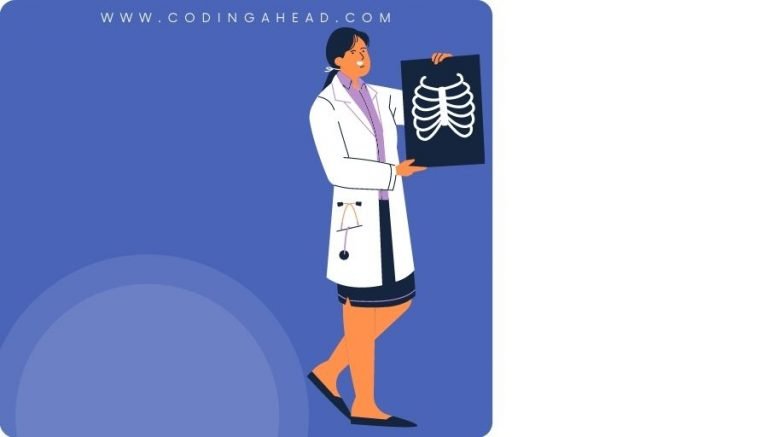How To Use CPT Code 24410
CPT code 24410 describes a surgical procedure known as multiple osteotomies with realignment on intramedullary rod, specifically for the humeral shaft. This article will provide a comprehensive overview of CPT code 24410, including its official description, the procedure itself, qualifying circumstances, appropriate usage, documentation requirements, billing guidelines, historical information, and examples of when to use CPT code 24410.
1. What is CPT Code 24410?
CPT code 24410 is used to describe a surgical procedure in which the provider performs multiple osteotomies, or surgical cuts, on the humeral bone shaft. These cuts are made to correct any improper development or alignment of the bone. The procedure involves the use of an intramedullary rod, which is inserted into the center of the bone to provide support and realign the humeral shaft.
2. Official Description
The official description of CPT code 24410 is: ‘Multiple osteotomies with realignment on intramedullary rod, humeral shaft (Sofield type procedure).’ This procedure involves the surgical cutting of the humeral bone shaft in multiple sections, followed by the insertion of an intramedullary rod to realign and support the bone.
3. Procedure
During the procedure described by CPT code 24410, the provider begins by making a long incision over the humeral shaft. The incision is taken down to the level of the bone, and the adjacent muscles are retracted to expose the bone. Nerves and blood vessels are carefully retracted to prevent any damage.
The provider then cuts both ends of the humerus through the necks to create space for the insertion of an intramedullary rod. If necessary, the provider may also make additional cuts in the shaft to correct the alignment of the bone. Any deformed bony areas are chipped out to ensure proper alignment.
Once the cuts and realignment are complete, the provider inserts an intramedullary rod into the center of the bone to provide support. The epiphyses, or growing ends of the bone, which were initially cut, are then fixed back into place. The bone sections are further secured with screws or nails over the rod.
After confirming proper alignment and rotation, the provider closes the operative site in layers and immobilizes the arm with a splint.
4. Qualifying circumstances
CPT code 24410 is typically used for patients who require surgical correction of an improperly developed or aligned humeral bone shaft. This procedure may be necessary for individuals with congenital abnormalities, traumatic injuries, or other conditions affecting the humerus.
5. When to use CPT code 24410
CPT code 24410 should be used when a provider performs multiple osteotomies with realignment on an intramedullary rod specifically for the humeral shaft. It is important to note that this code is specific to the humerus and should not be used for similar procedures on other bones.
6. Documentation requirements
To support a claim for CPT code 24410, the provider must document the following information:
- Patient’s diagnosis and the need for surgical correction
- Details of the procedure, including the specific osteotomies performed and any modifications made
- Date of the surgery
- Start and end time of the procedure
- Confirmation of proper alignment and rotation
- Method of fixation used (screws, nails, etc.)
- Signature of the performing provider
7. Billing guidelines
When billing for CPT code 24410, it is important to ensure that the procedure performed aligns with the description provided. The use of an intramedullary rod and the performance of multiple osteotomies on the humeral shaft are key components of this code.
It is also important to follow any specific billing guidelines provided by insurance carriers or payers. This may include the use of modifiers or additional documentation requirements.
8. Historical information
CPT code 24410 was added to the Current Procedural Terminology system on January 1, 1990. There have been no updates or changes to the code since its addition.
9. Similar codes to CPT 24410
While there are no specific similar codes to CPT code 24410, there are other codes within the range of Repair, Revision, and/or Reconstruction Procedures on the Humerus (Upper Arm) and Elbow (CPT codes 24300-24498) that may be applicable for different procedures involving the humerus and elbow.
9. Examples
- A patient with a congenital abnormality of the humeral shaft undergoes surgery to correct the alignment using multiple osteotomies and an intramedullary rod.
- An individual sustains a traumatic injury to the humerus, resulting in a misalignment of the bone. The provider performs multiple osteotomies and utilizes an intramedullary rod to realign the humeral shaft.
- A patient with a bone tumor in the humerus requires surgical intervention. The provider performs multiple osteotomies and uses an intramedullary rod to support the bone after tumor removal.
- An individual with a congenital limb length discrepancy undergoes surgery to correct the alignment of the humeral shaft. Multiple osteotomies are performed, and an intramedullary rod is inserted to support the bone.
- A patient with a nonunion fracture of the humerus undergoes surgery to realign the bone. Multiple osteotomies are performed, and an intramedullary rod is utilized to provide stability and support.
- An individual with a chronic bone infection in the humerus requires surgical intervention. The provider performs multiple osteotomies and uses an intramedullary rod to support the bone after debridement of the infected tissue.
- A patient with a humeral bone deformity due to a genetic condition undergoes surgery to correct the alignment. Multiple osteotomies are performed, and an intramedullary rod is inserted to provide support and realignment.
- An individual with a history of failed previous surgeries on the humerus requires revision surgery. The provider performs multiple osteotomies and utilizes an intramedullary rod to correct the alignment and provide stability.



